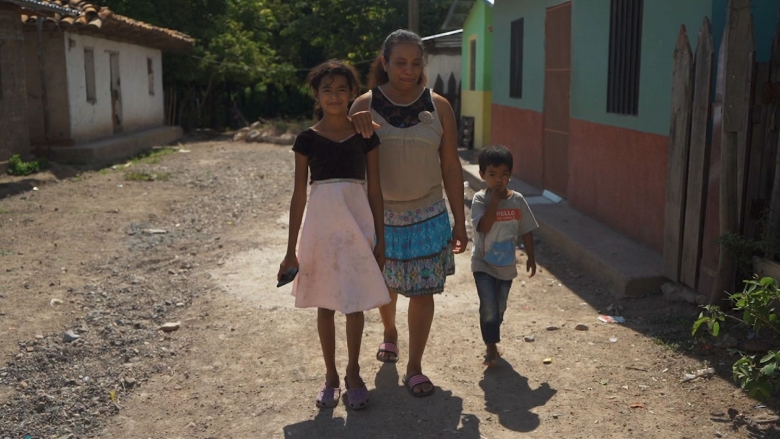Taking this to the Latin American and Caribbean region, where 52 million households have at least one person with some type of disability, and where accelerated aging translates into more people with disabilities, the need becomes imminent.
Vulnerability and disability in Latin America
One out of five Latin American households living in extreme poverty (measured by a daily income of US$3.20) includes a person with a disability. Vulnerability increases if the person lives in rural areas, if this is a woman, or belongs to an ethnic-racial minority. During the COVID-19 pandemic, this vulnerability increased due to the inaccessibility of cities and low-quality services.
The data in the report are compelling. Beyond poverty and the pandemic, access to essential services such as formal education from early childhood through college becomes a lifelong challenge. This is due to the lack of infrastructure, teaching materials, teacher training, among others.
In the labor market, people with disabilities have less participation. In Latin America and the Caribbean, the informality rate of workers with disabilities is, on average, 11 percentage points higher. Moreover,
Given the urgent need to ensure the inclusion of people with disabilities through equal participation in all spaces, the report recommends considering the following actions:
- Addressing statistical invisibility since, if data on people with disabilities exists, it is not sufficiently representative and complete to address their needs.
- Broadening the voice and participation of people with disabilities beyond disability-specific areas.
- Changing mental models to reduce stigma and violence. Only in this way can people with disabilities have a better quality of life and be participants and protagonists of their own stories.
- Developing policies and practices that are useful and relevant to the differentiated realities of each person.
- Identifying challenges for the implementation of progressive policies.
"The pandemic has highlighted the multiple gaps faced by vulnerable groups, including people with disabilities. It has brought to light disparities in access to quality health services, the digital divide, barriers to the labor market, among others," says Maria Elena Garcia Mora, Senior Social Development Specialist at the World Bank.
"Reconstruction gives us the space to strengthen the social compact and ensure that no one is left behind. The resilient and inclusive recovery of our region must fight against the barriers that do not allow the effective participation of people with disabilities," adds García Mora, who is also one of the authors of the report.
Finally, with more formal than real progress over the last decade, the path for people with disabilities in Latin America and the Caribbean should have fewer obstacles. However, exclusion represents a missed opportunity in a region that requires all stakeholders to move towards a more sustainable and lasting post-pandemic recovery.
The inclusion of people with disabilities was the focus of this event with civil society and private sector leaders.

